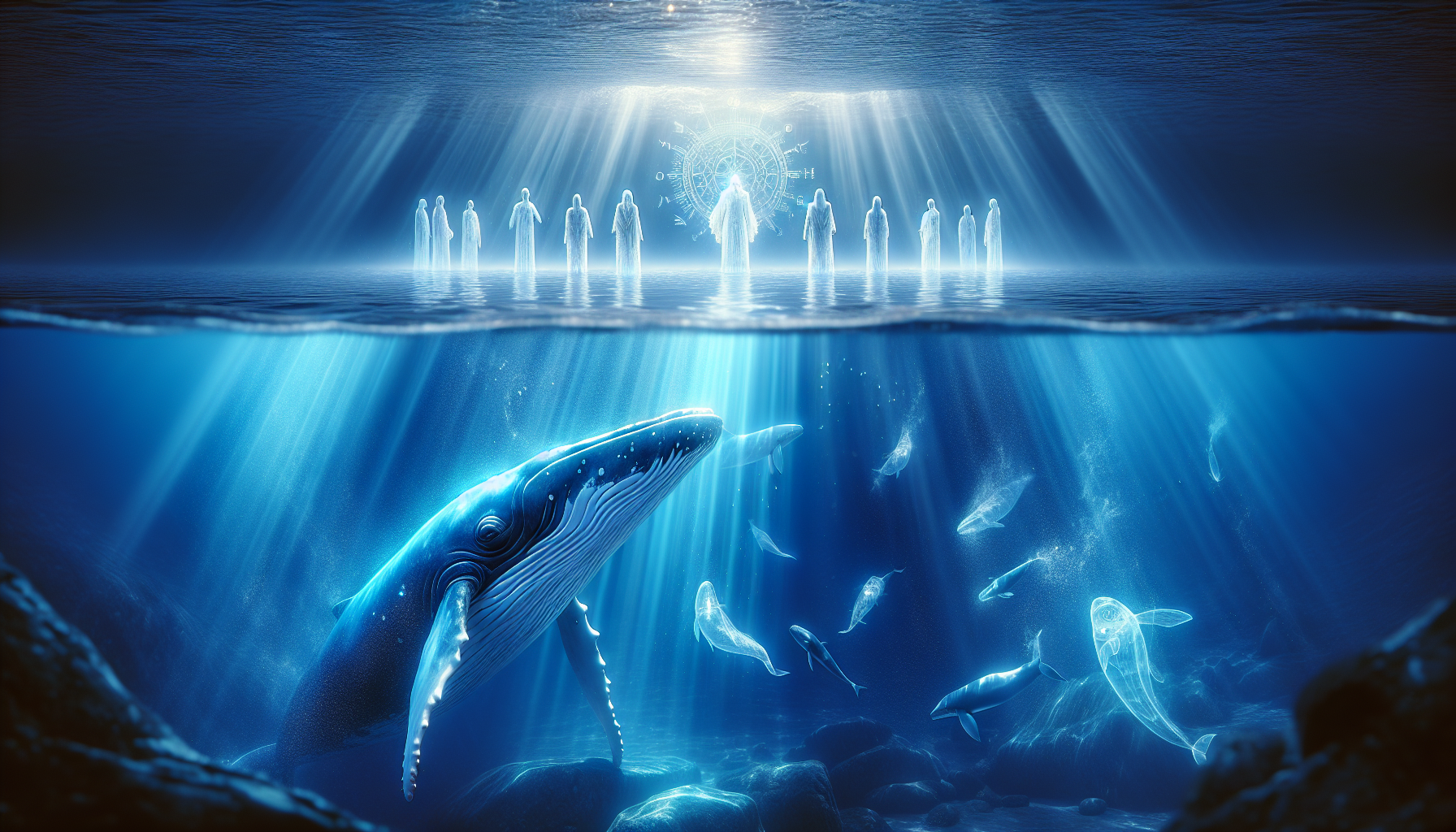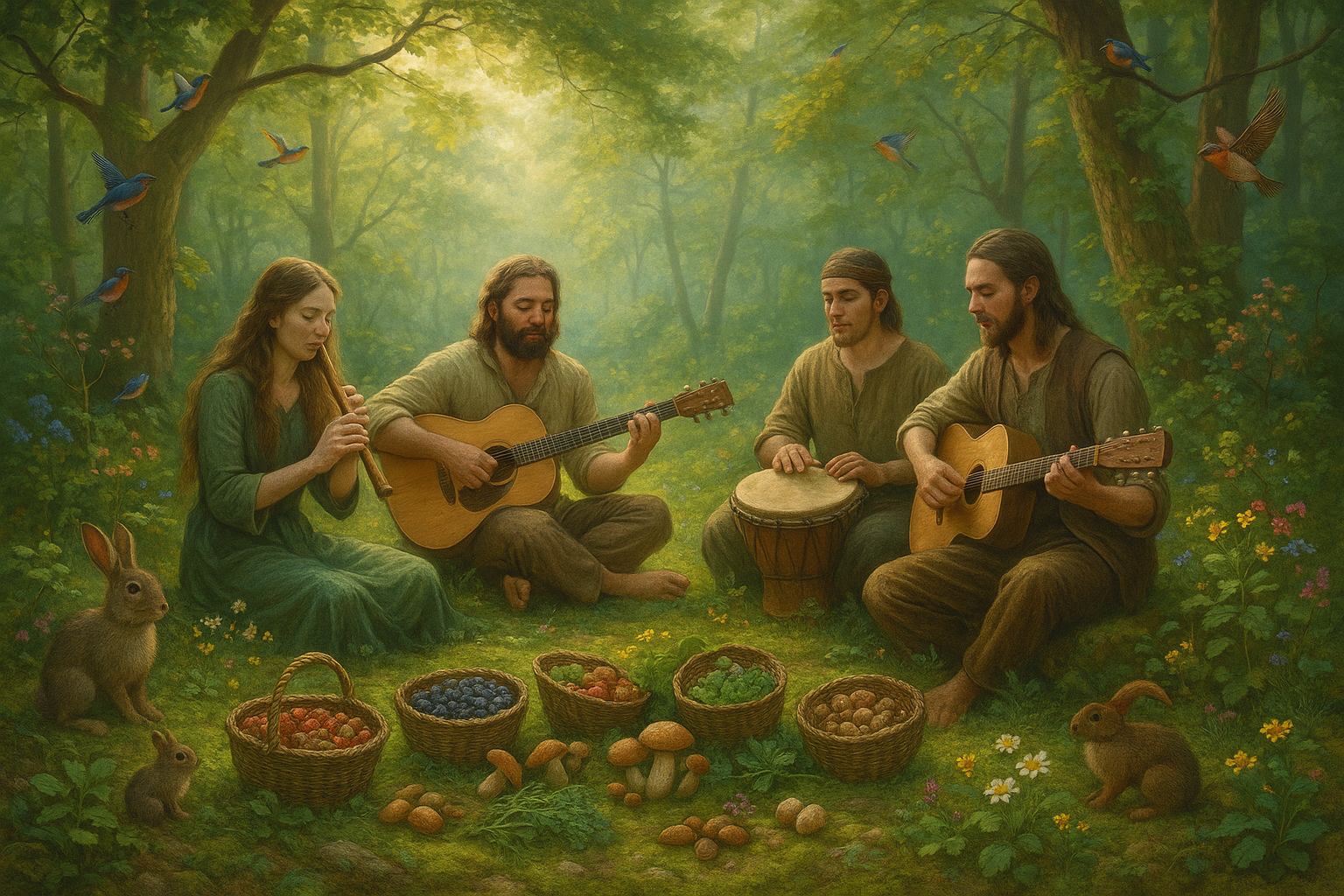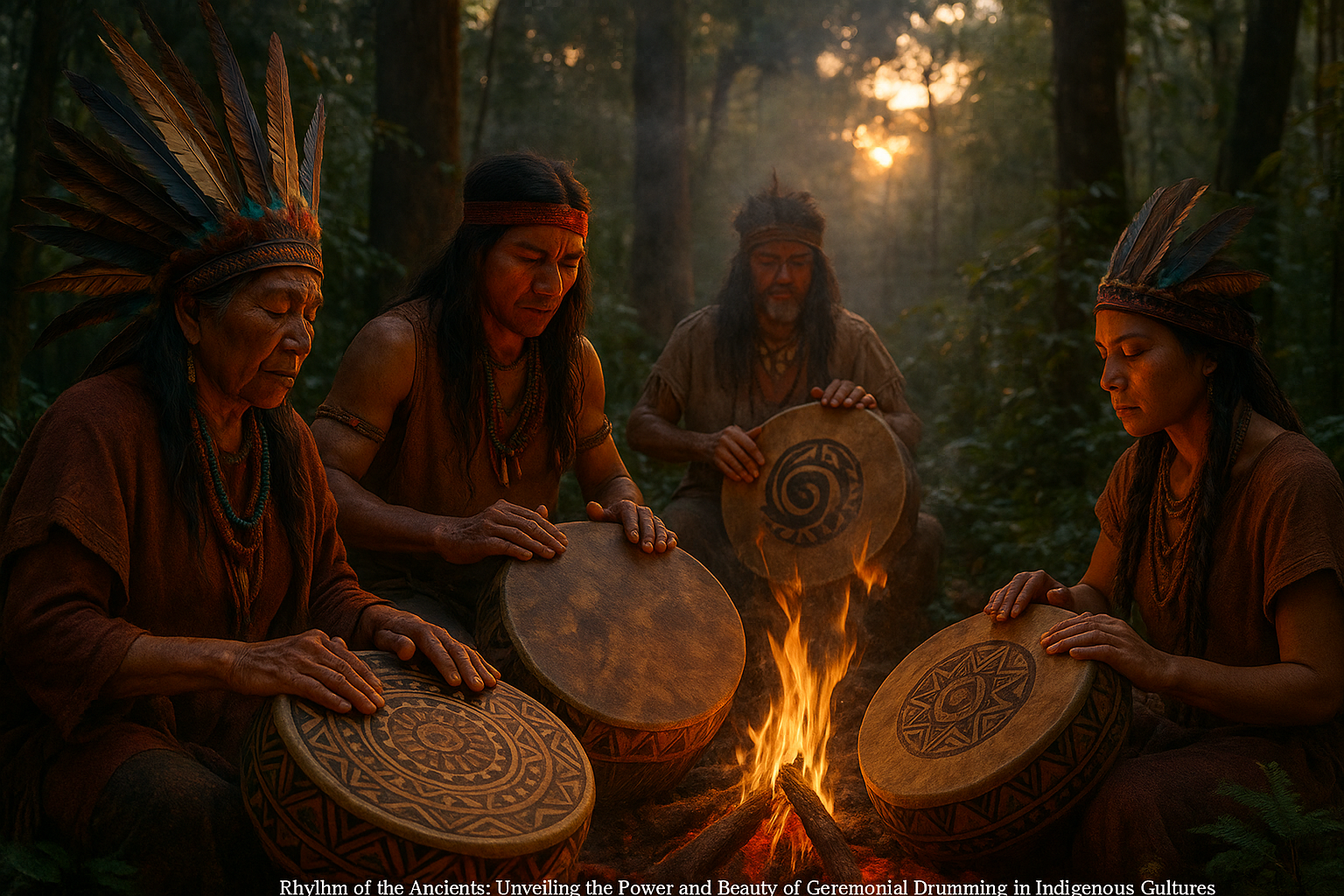In the vast expanse of the world’s oceans, a symphony unfolds beneath the waves, a haunting melody carried across miles of deep blue. This natural orchestra, led by some of the ocean’s most majestic creatures—whales—resonates with a profound beauty that has captivated humans for centuries. Whale songs, with their mysterious and complex patterns, are more than just communication; they are echoes of an ancient narrative, a living library of the seas. But what if these underwater arias share an unexpected kinship with one of humanity’s oldest traditions—oral storytelling? In this exploration, we dive deep into the magical connection between whale songs and oral histories, uncovering the shared threads that bind these two forms of expression across the chasm of species and environment.
Whale songs are not merely sounds but intricate compositions, often lasting for hours, even days, evolving over time with themes and variations that rival the works of the most esteemed human composers. These cetacean ballads are pivotal to the social structures and mating rituals of whales, yet they hold a deeper, almost mystical significance. Much like oral histories passed down through generations of human storytellers, whale songs preserve the memory of these marine giants, conveying information critical to their survival and heritage. As we delve into the science of these vocalizations, we’ll explore how researchers have deciphered patterns within the songs, revealing a rich tapestry of culture beneath the waves that echoes our own narrative traditions. 🎶
This article will take you on a journey across disciplines, blending marine biology with anthropology, to reveal how these two forms of storytelling, separated by evolution and environment, converge in unexpected ways. We’ll examine the latest scientific studies on whale communication, compare them with indigenous oral traditions, and ponder the implications of such connections for understanding our place within the natural world. Through this narrative, we hope to inspire a greater appreciation for the unseen links between species and cultures, inviting readers to listen anew to the world’s oldest stories, sung not just by human tongues but by the voices of the deep. 🌊📖
The Mesmerizing World of Whale Songs
Whale songs are an extraordinary natural phenomenon that has intrigued scientists and enthusiasts alike for decades. These complex vocalizations, primarily produced by male humpback whales, serve various purposes, from mating calls to navigation aids. The structure of these songs is not random; instead, they follow a pattern that evolves over time. Each population of whales has its unique song, which can change and adapt, much like human languages. The beauty of these songs lies in their complexity and their ability to travel vast distances underwater, creating an acoustic tapestry that can be heard across oceanic expanses.
Understanding whale songs requires a deep dive into marine biology and acoustics. These songs are typically composed of a series of themes, each consisting of a sequence of notes or phrases. A typical song can last anywhere from a few minutes to several hours, with the whale repeating the themes in a cyclical manner. Interestingly, these songs can evolve over time, with new themes introduced and old ones discarded. This dynamic nature of whale songs has led researchers to compare them to human music and languages, both of which exhibit similar patterns of evolution and change.
One of the most fascinating aspects of whale songs is their potential role in social interactions within whale populations. These songs are believed to serve as a form of communication, allowing whales to convey information about their identity, location, and even reproductive status. The songs may also play a crucial role in maintaining social cohesion within pods, acting as an auditory bond that unites individuals across vast oceanic distances. To fully appreciate the intricacies of whale songs, one must consider not only their acoustic properties but also the ecological and evolutionary contexts in which they are produced.
Oral Histories: The Human Connection
The art of storytelling is as old as humanity itself. Oral histories have been a cornerstone of human culture, serving as a means of preserving and transmitting knowledge, traditions, and cultural values across generations. Much like whale songs, oral histories are dynamic, evolving narratives that reflect the changing landscapes of human societies. They provide invaluable insights into the past, offering a glimpse into the lives and beliefs of our ancestors. In many cultures, oral histories are revered as sacred, with storytellers often holding esteemed positions within their communities.
Oral histories are not merely records of the past; they are active participants in the cultural life of a community. These stories often incorporate elements of mythology, folklore, and personal anecdotes, creating rich tapestries of meaning that resonate with listeners on multiple levels. They serve as a bridge between the past and the present, allowing individuals to connect with their heritage while also adapting to contemporary realities. In this way, oral histories are both timeless and timely, offering lessons that remain relevant across generations.
The relationship between oral histories and whale songs becomes even more intriguing when we consider the parallels between these two forms of communication. Both rely on the power of sound to convey meaning, and both are deeply rooted in the cultural and ecological contexts in which they exist. By studying these connections, we can gain a deeper understanding of the ways in which humans and whales use sound to navigate their worlds, forging connections that transcend the boundaries of species and geography.
Comparative Analysis: Whale Songs and Human Oral Traditions
To better understand the parallels between whale songs and human oral traditions, we can examine the structural and functional similarities between these two forms of communication. The following table provides a comparative analysis of these elements:
| Aspect | Whale Songs | Human Oral Histories |
|---|---|---|
| Structure | Composed of themes and phrases; cyclical pattern | Stories, myths, and anecdotes; narrative structure |
| Function | Mating, navigation, social cohesion | Preservation of culture, education, social bonding |
| Evolution | Dynamic, evolves over time | Adaptable, changes with societal shifts |
| Medium | Acoustic (sound waves) | Oral (spoken word) |
As we explore these similarities, it becomes clear that both whale songs and human oral traditions are essential components of their respective cultures. They serve to preserve the identity and continuity of their communities, ensuring that knowledge and values are passed down through generations. In doing so, they also foster a sense of belonging and connection, both within and between species.
Ecological and Cultural Significance
The ecological and cultural significance of whale songs extends beyond their immediate function as communication tools. These songs play a vital role in the broader marine ecosystem, influencing the behavior and interactions of various marine species. For instance, the songs of humpback whales can affect the distribution and behavior of prey species, such as fish and krill, by creating acoustic environments that either attract or repel them. This, in turn, can have cascading effects on the entire marine food web, highlighting the interconnectedness of life in the ocean.
From a cultural perspective, whale songs have captured the imagination of people around the world, inspiring art, music, and literature. They serve as a powerful reminder of the beauty and mystery of the natural world, prompting us to reflect on our relationship with the environment and our responsibilities as stewards of the planet. In many indigenous cultures, whales are revered as sacred beings, with their songs viewed as messages from the spiritual realm. These cultural interpretations add another layer of meaning to the study of whale songs, emphasizing the importance of integrating scientific knowledge with traditional ecological wisdom.
The study of whale songs also provides valuable insights into the broader field of bioacoustics, offering lessons that can be applied to other areas of research. By examining the acoustic properties of whale songs, scientists can develop new methods for monitoring and conserving marine life, improving our ability to protect these vital ecosystems. Additionally, the study of whale songs can inform our understanding of human communication, shedding light on the evolutionary roots of language and music. Through these interdisciplinary approaches, we can deepen our appreciation for the wonders of the natural world and the intricate connections that bind us to it.
Call to Action: Explore and Learn
To truly appreciate the depth and complexity of whale songs and their connection to human oral histories, we encourage you to dive deeper into this fascinating subject. Whether you’re a scientist, a student, or simply a curious individual, there are numerous resources available to help you explore this topic further. Consider watching documentaries, reading academic articles, or attending lectures on marine biology and bioacoustics. You might also explore online platforms and communities dedicated to whale conservation and research, where you can connect with like-minded individuals and contribute to ongoing efforts to protect these magnificent creatures.
For a captivating visual and auditory experience, check out this YouTube video that delves into the world of whale songs and their cultural significance: The Mystery of Whale Songs | BBC Earth.
By engaging with these resources, you’ll not only expand your knowledge but also gain a deeper appreciation for the intricate relationships between species and the role of sound in shaping the world around us. Let the echoes of the deep inspire you to listen more closely to the stories of both humans and whales, and to embrace the magic of communication in all its forms.

Conclusion
Conclusion: Echoes of the Deep: Unveiling the Magical Connection Between Whale Songs and Oral Histories
Throughout our exploration of the mystical connections between whale songs and human oral histories, we have traversed an ocean of insights that bridge the vast expanse between marine life and cultural heritage. By delving into the enchanting world of cetacean communication and the rich tapestry of human storytelling, we have unraveled a fascinating narrative that speaks to the universal language of life and memory. This journey has illuminated the profound ways in which nature and culture intersect, offering us a unique perspective on the shared heritage that unites all living beings on this planet.
We began our discussion by examining the complexities of whale songs, highlighting their intricate patterns and their purpose in the marine environment. Whales, particularly humpback whales, engage in a symphony of sounds that serve not only as a means of communication but also as a tool for navigation and mating. These songs, with their haunting melodies and rhythmic patterns, demonstrate a level of sophistication that continues to captivate scientists and laypeople alike. The study of these marine arias has revealed a dynamic system of communication that is as vital to the ocean’s inhabitants as spoken language is to humans.
Our narrative then ventured into the realm of human oral traditions, where we explored how stories have been used across cultures to preserve history, convey morals, and strengthen community bonds. Oral histories have long been the vessel through which knowledge and traditions are passed from one generation to the next, with each culture adding its unique flair to the storytelling process. This rich tradition underscores the importance of preserving narratives that shape our identity and offer insights into the human experience.
The intersection of these two worlds—whale songs and human oral histories—presents a captivating dialogue between nature and humanity. Just as whales use their songs to communicate across vast oceanic distances, humans have used oral histories to transcend time and space, sharing wisdom across generations. This connection invites us to consider the broader implications of communication and memory in the natural world and within our societies.
In recognizing the parallels between these two forms of expression, we are reminded of the interconnectedness of all life on Earth. The songs of the whales echo the stories of our ancestors, both serving as reminders of our shared existence and the intricate web of life that binds us. This revelation encourages us to foster a greater appreciation for the natural world and to acknowledge the invaluable lessons it offers.
The importance of this theme cannot be overstated. As we face environmental challenges and cultural shifts, the preservation of both natural habitats and cultural traditions becomes imperative. The study of whale songs and oral histories not only enhances our understanding of the world but also inspires us to act as stewards of our planet, safeguarding its wonders for future generations.
We invite you, dear reader, to reflect on the connections explored in this article and to consider their implications in your own life. How might the lessons of the whales and the wisdom of our ancestors inspire your actions today? We encourage you to share these insights with others, to foster conversations that bridge the gap between nature and culture, and to apply the knowledge gained in ways that promote sustainability and cultural preservation.
Feel free to comment below with your thoughts and reflections on this intriguing subject. Your insights are invaluable to the ongoing dialogue about the relationship between the natural world and human culture. Additionally, consider sharing this article with others who may be interested in the profound connections we have explored. By spreading awareness and understanding, we can collectively contribute to a more harmonious coexistence with the planet and its diverse inhabitants.
As we conclude our exploration of the magical connection between whale songs and oral histories, let us carry forward the inspiration and wisdom gained from this journey. Together, we can celebrate the echoes of the deep and the stories that define us, nurturing a world that values both its natural wonders and its cultural heritage.
🌊🐋🗣️
—
References and Further Reading:
1. National Geographic. “Whale Songs.” Available at: National Geographic Whale Songs
2. Smithsonian Magazine. “The Mystery of Whale Songs.” Available at: Smithsonian Whale Songs
3. UNESCO. “Oral Traditions and Expressions.” Available at: UNESCO Oral Traditions
These sources offer a wealth of information and are excellent starting points for anyone interested in delving deeper into the subjects of whale songs and oral histories.
Toni Santos is a sensory storyteller and soundscape artisan whose work explores the forgotten language of the Earth through acoustic ecology storytelling. With a deep reverence for the natural world’s sonic textures, Toni crafts narratives that awaken our ears to the subtle music of forests, winds, waters, and wild silence.
His creative journey is rooted in a desire to preserve and interpret the acoustic heritage of environments, both ancient and fragile. From the echo of birdsong in a disappearing jungle to the resonance of stones in sacred landscapes, Toni’s stories reflect the memory held in sound—often overlooked, yet deeply felt.
With a background in environmental aesthetics and sonic design, Toni blends field recordings, visual symbolism, and poetic insight to create immersive experiences that honor the sonic soul of nature. His work does more than document; it invites listeners to re-tune themselves to the rhythms of life that still pulse beneath modern noise.
As the voice behind Vizovex, Toni shares sound-based studies, ambient narratives, and reflective content that help others reconnect with how sound shapes memory, meaning, and place.
His work is a tribute to:
The lost soundscapes of vanishing ecosystems
The role of natural acoustics in cultural and emotional memory
The healing potential of listening deeply to the world
Whether you’re an artist, an ecologist, or someone drawn to the quiet power of listening, Toni invites you into a space where every rustle, ripple, and resonance becomes a story—one note, one place, one heartbeat at a time.





